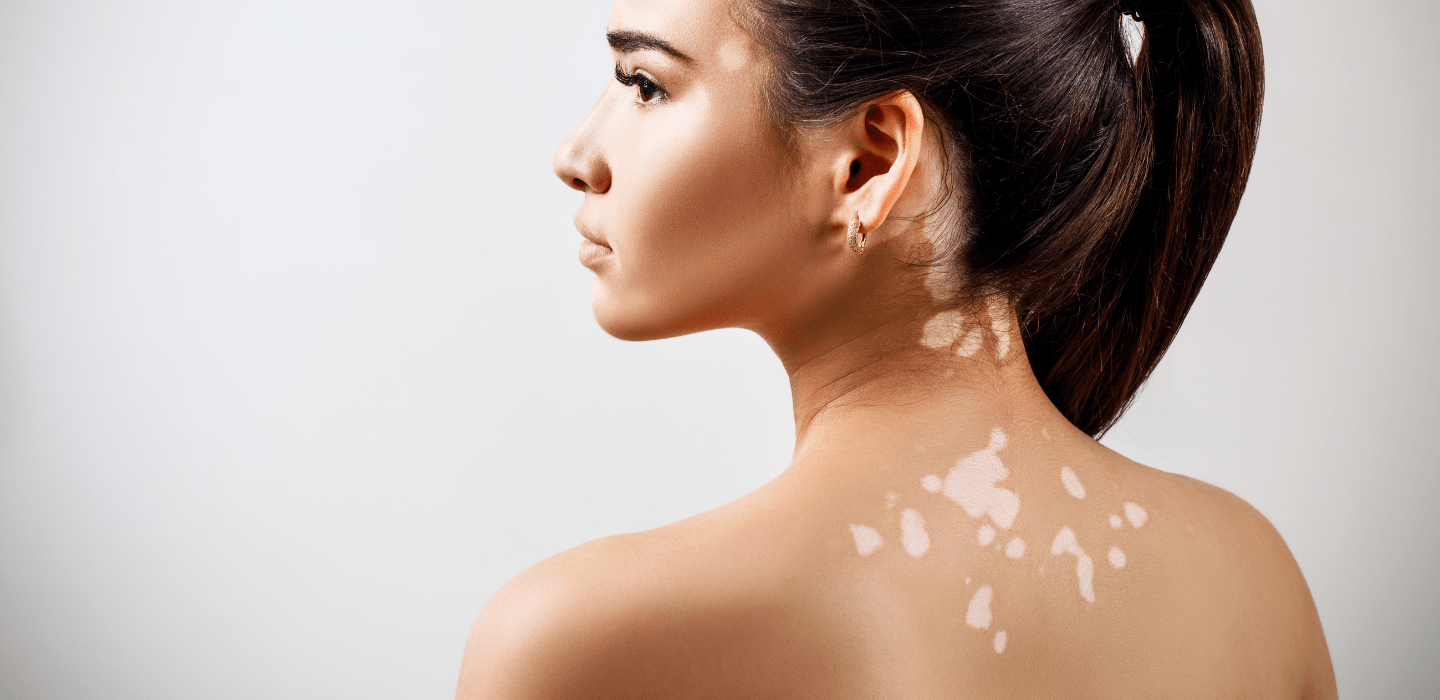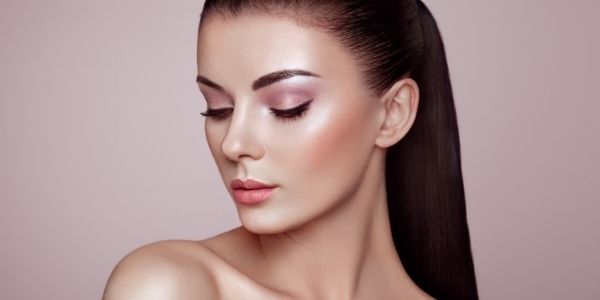For a long time, we have been known to a disease where the skin starts to lose its pigmentation and ultimately turns white. This skin disease is known as vitiligo, and it is one of the most complex long-term diseases. The term vitiligo is believed to come from the word Vitium which indicates blemish or defect. The term was used by a Roman physician named Aulus Cornelius Celsus in his medical document called De Medicina. However, if we look into history, we can observe that vitiligo is way older than we think. In the ancient texts of Ebers Papyrus dated 1500 BCE, we can find a disease very similar to vitiligo. Whitening of skin is also mentioned in ancient Indian texts. The old testament and Greek history also have a disease very similar to vitiligo.
The modern-day research on this skin condition shows the details about it and educates us about its cause, symptoms, effects, diagnostics, and treatment. We now know that vitiligo occurs as the skin starts to lose its pigmentation. This happens because of a sudden drop in melanin quantity from the skin. Melanin is a natural pigmentation compound produced by a unique skin cell called melanocytes present in the upper portion of the dermis layer. This drop of melanin can happen due to the hyperactive immune system, a condition in which the immune system gets haywire and starts to look melanin as a foreign body. Due to this, it starts to destroy melanin, which ultimately results in vitiligo. Another reason that can cause a drop in melanin quantity is the use of anti-melanin compounds. In general, our body produces these, but they don’t affect the skin pigmentation. However, this anti-melanin or neural chemicals can be found in some medications and products that can lead to vitiligo.
Some of the Common Symptoms of Vitiligo
Research shows that vitiligo usually starts before the age of 30 and spreads continuously. The symptoms that you can observe during the spread are followed:
The first symptom of vitiligo is the formation of white patches, but it is a gradual process. First, you will notice the loss of pigmentation in your hands and face. Then you will notice premature whitening of hairs, eyelashes, eyebrows, and beard. This happens because their pigmentation is also dependent on the melanin present in the skin. Soon after that, the membrane inside your mouth and nose with also turn white. And in this way, you can observe vitiligo’s progress and can opt for the best vitiligo treatment Indore.
Types of Vitiligo Depending Upon the Affected Area
With time we have also learned that vitiligo doesn’t affect the whole body but targets specific body parts. This classified vitiligo into five types that are dependent on the area that it affects.
- Generalized Vitiligo: This a common type of skin disease in which depigmented patches start to appear. They usually appear on hands and face and continue to spread in symmetry.
- Segmental Vitiligo: This type is common amongst children and only spread on particular body parts. It spreads for about a year or two and then stops.
- Focal Vitiligo: This type of skin disease only affects a single spot and doesn’t spread. It is also known as localized vitiligo.
- Trichrome Vitiligo: This type of vitiligo spreads unevenly. In this, the middle part of the patch becomes white, followed by lighter depigmentation, which meets the natural skin tone.
- Universal Vitiligo: This type of vitiligo is quite rare in which more than 80 percent of the body turns white.
Other Complications to Lookout For
A person affected with vitiligo must endure continuous physical and mental stress because of the misguided philosophy associated with it. However, the affected person needs to have a common understanding of the complications that he can suffer due to vitiligo. When the skin losses its pigmentation, it also losses its strength to overcome external exposure. This is why the affected person may suffer from sunburn and skin irritation. Vitiligo can also affect the eye site and cause eye problems. Vitiligo can also lead to hair loss if the skin around the hairline is highly affected.
Diagnostic Procedures
Since the old day, vitiligo has been mixed up with psoriasis and leprosy. This is why we now have dedicated diagnostic procedures for identifying vitiligo. Today we use the Wood’s lamp test that uses a UV light that turns the color of affected skin according to the condition. Second, we use skin biopsy in which a skin lesion is collected from the affected area and send for further testing.
Available Treatments That Can Help
Modern science has given us new ways of treating vitiligo which includes:
- Topical Medication: This comes as oral medication and creams that contain Corticosteroids, a compound that reduces inflammation and settles the immune system.
- Phototherapy Treatment: This treatment uses the process of exposure to the UV light source. The light penetrates the skin layers and settles down the immune system. It also helps in the stimulation of melanin compound to restore the skin’s pigmentation.
Conclusion
Suffering from vitiligo can be traumatizing and can affect you physically and mentally. However, there is no need for you to suffer. Consult with a dermatologist in Indore or someone near you to avail the latest vitiligo treatments. This way, you can treat your skin without any worries of side-effects or risks.




